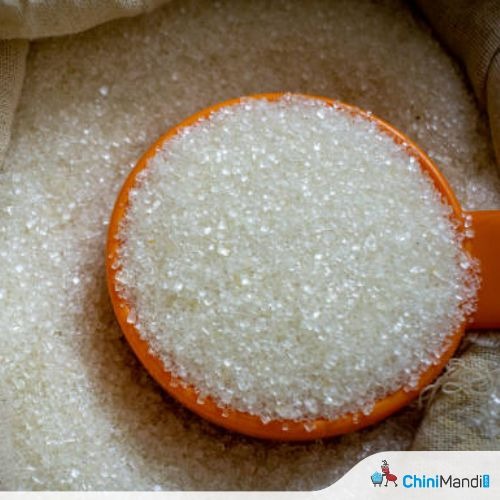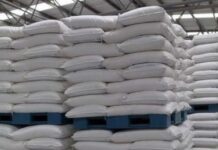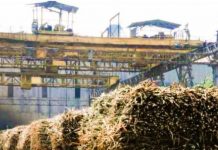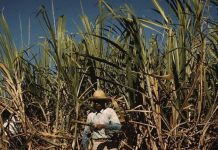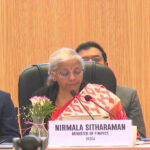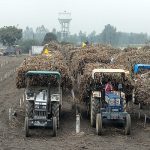Nairobi: Kenya is staring at a significant sugar shortage due to shrinking sugarcane farms and a drop in processing capacity, according to a new report by the United States Department of Agriculture. The situation is expected to drive up retail prices in the short term, but imports could help ease the pressure, reports The East African. The report, released by the USDA’s Foreign Agriculture Service (FAS) on April 18, 2025, forecasts that sugar production in Kenya will fall by nearly 20 percent to 650,000 metric tonnes in the 2025/2026 marketing year, down from 810,000 metric tonnes in the previous year.
The decline in production is mainly attributed to a reduction in land under sugarcane harvesting, expected to drop from 190,000 hectares to 150,000 hectares. This follows heavy harvesting in the previous season, which left fewer mature plantations available. Kenya’s main cane-growing regions—located in the western and Lake Victoria basin areas—are dominated by about 320,000 small-scale farmers, each cultivating less than one hectare. These farmers produce about 93 percent of the country’s cane, with large miller-owned plantations supplying the rest.
The USDA report notes that local sugar prices have already shown signs of strain. In January 2025, factory prices rose five percent to Ksh6,569 ($50.92) per 50kg bag from Ksh6,233 ($48.31) in December 2024. Wholesale prices jumped nine percent to Ksh 7,177 ($55.63), while retail prices increased to an average of Ksh157 ($1.21) per kilogramme from Ksh 149 ($1.15). The cane price currently stands at Ksh5,300 ($41.08) per metric tonne. The country’s average cane yield dropped in the 2024/2025 season to 51 metric tonnes per hectare from 56 the previous year. The decline has been linked to dry weather conditions that preceded harvesting. With lower cane supply expected this year, millers are likely to face increased competition for raw materials.
To bridge the supply gap, sugar imports are projected to rise by 38 percent to 600,000 metric tonnes in the 2025/2026 period, up from 435,000 metric tonnes last year. Most of these imports are expected from the Comesa and EAC trade blocs, where Kenya enjoys preferential tariffs. However, imports from Comesa are capped at 350,000 metric tonnes per year under a safeguard mechanism that has been in place since 2002. The safeguard was extended in November 2023 for another two years, but it is set to expire in November 2025. Sugar brought in from outside the Comesa and EAC regions faces a 100 percent tariff unless exempted by the government.
In September 2024, Kenya had imposed a ban on imports from outside these regions, citing improved domestic production. The country had then expected to produce over 800,000 metric tonnes of sugar. However, this followed a challenging 2023 marked by a severe drought that disrupted production and forced the country to import more sugar to meet demand. Kenya’s annual sugar consumption averages 950,000 metric tonnes, with the shortfall typically covered by imports from Comesa and EAC countries.
Kenya processes its sugar through 17 operational mills, including four state-owned facilities. These public mills hold just eight percent of the market share, a figure that continues to shrink due to inefficiencies, outdated equipment, and financial mismanagement. In contrast, private millers are investing in modern technology, offering better payments to farmers, and supporting cane development programmes. These improvements have helped private mills achieve higher sugar extraction rates—10 percent compared to 5.6 percent in public mills. With demand expected to rise by 1.6 percent to 1.25 million metric tonnes due to increased household and hospitality sector use, stabilising supply through imports will be crucial in keeping prices in check.

